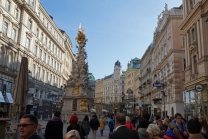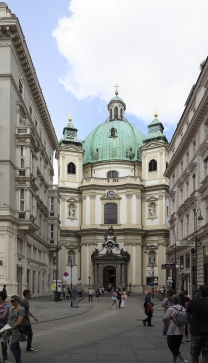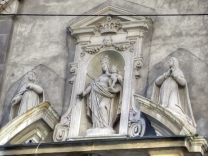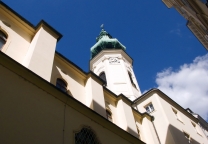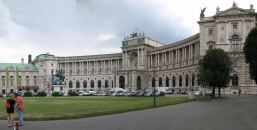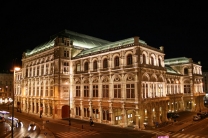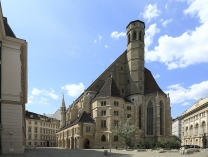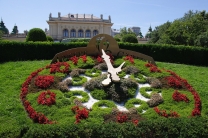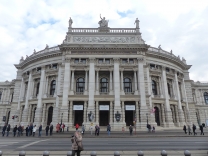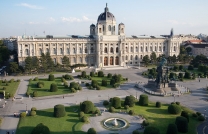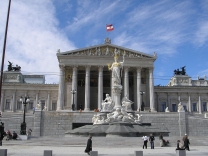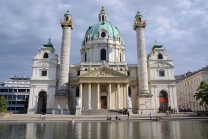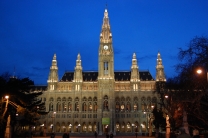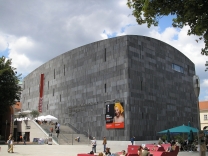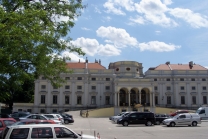St. Stephen's Cathedral

St. Stephen's Cathedral, Vienna
Church in Vienna, AustriaSt. Stephen's Cathedral (more commonly known by its German title: Stephansdom) is the mother church of the Roman Catholic Archdiocese of Vienna and the seat of the Archbishop of Vienna, Christoph Cardinal Schönborn, OP. The current Romanesque and Gothic form of the cathedral, seen today in the Stephansplatz, was largely initiated by Duke Rudolf IV (1339–1365) and stands on the ruins of two earlier churches, the first a parish church consecrated in 1147. The most important religious building in Vienna, St. Stephen's Cathedral has borne witness to many important events in Habsburg and Austrian history and has, with its multi-coloured tile roof, become one of the city's most recognizable symbols.
History
By the middle of the 12th century, Vienna had become an important centre of German civilization, and the four existing churches, including only one parish church, no longer met the town's religious needs. In 1137, Bishop of Passau Reginmar and Margrave Leopold IV signed the Treaty of Mautern, which referred to Vienna as a civitas for the first time and transferred St. Peter's Church to the Diocese of Passau. Under the treaty, Margrave Leopold IV also received from the bishop extended stretches of land beyond the city walls, with the notable exception of the territory allocated for the new parish church, which would eventually become St. Stephen's Cathedral. Although previously believed built in an open field outside the city walls, the new parish church was in actuality likely built on an ancient cemetery dating to Ancient Roman times; excavations for a heating system in...









